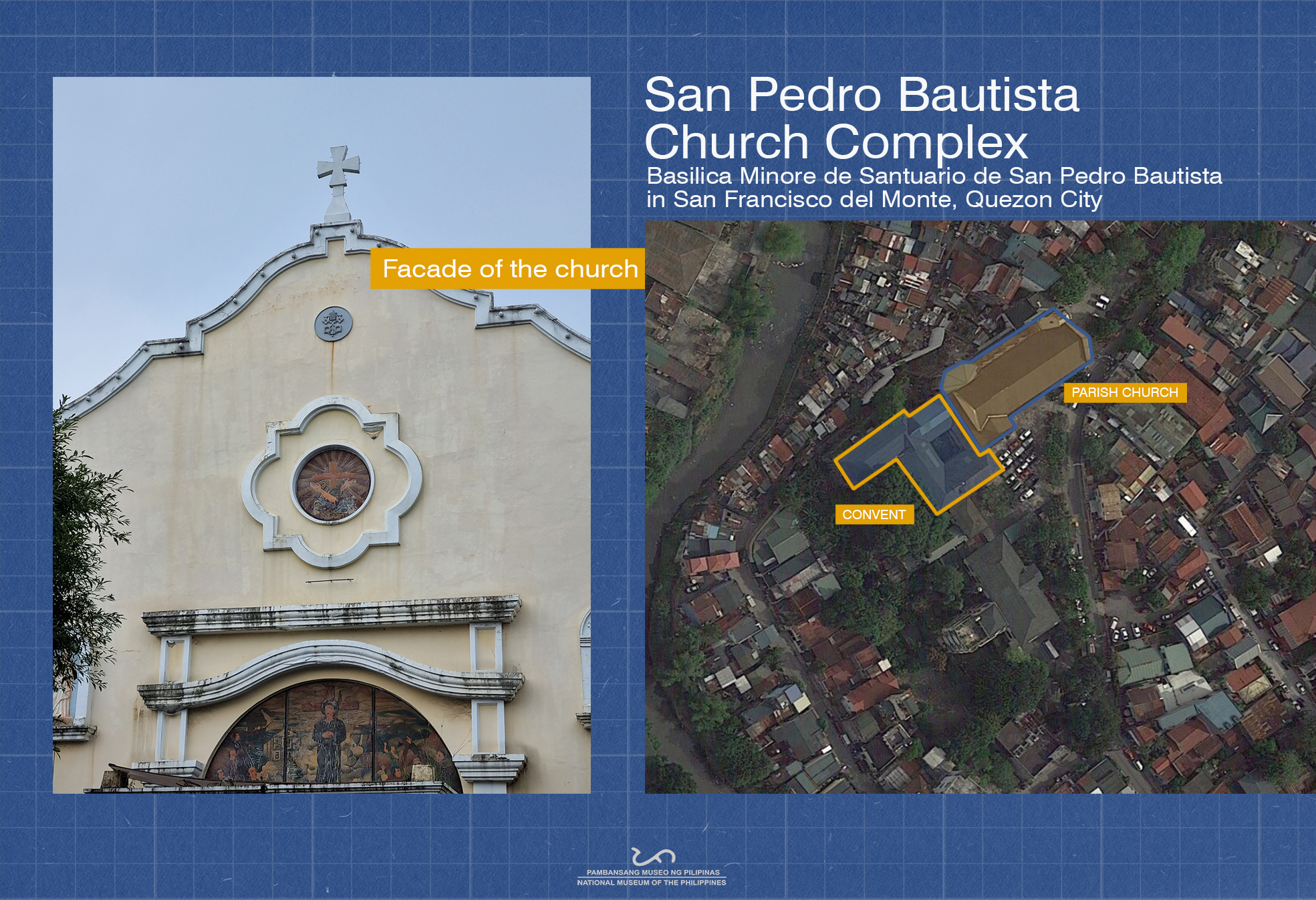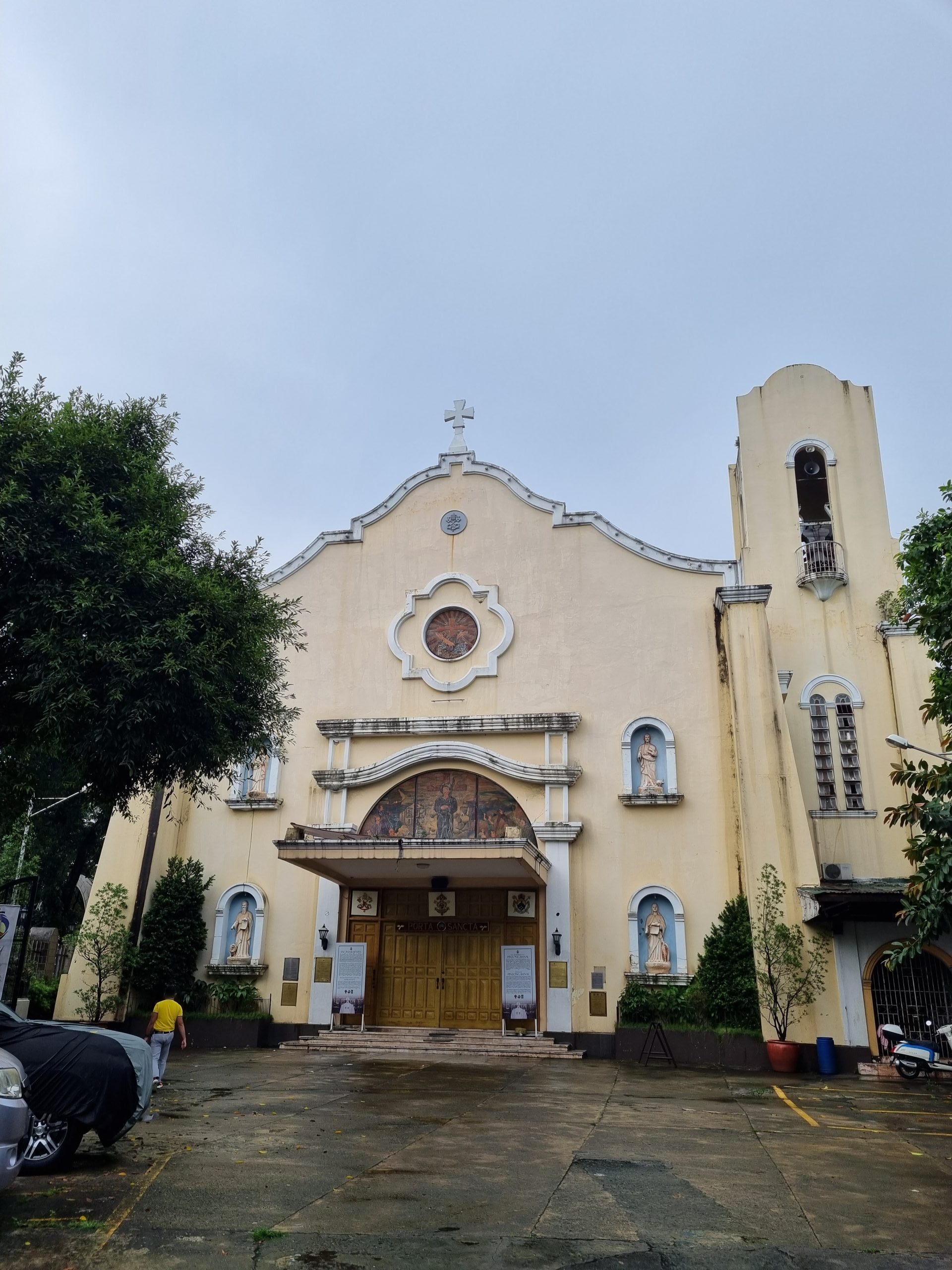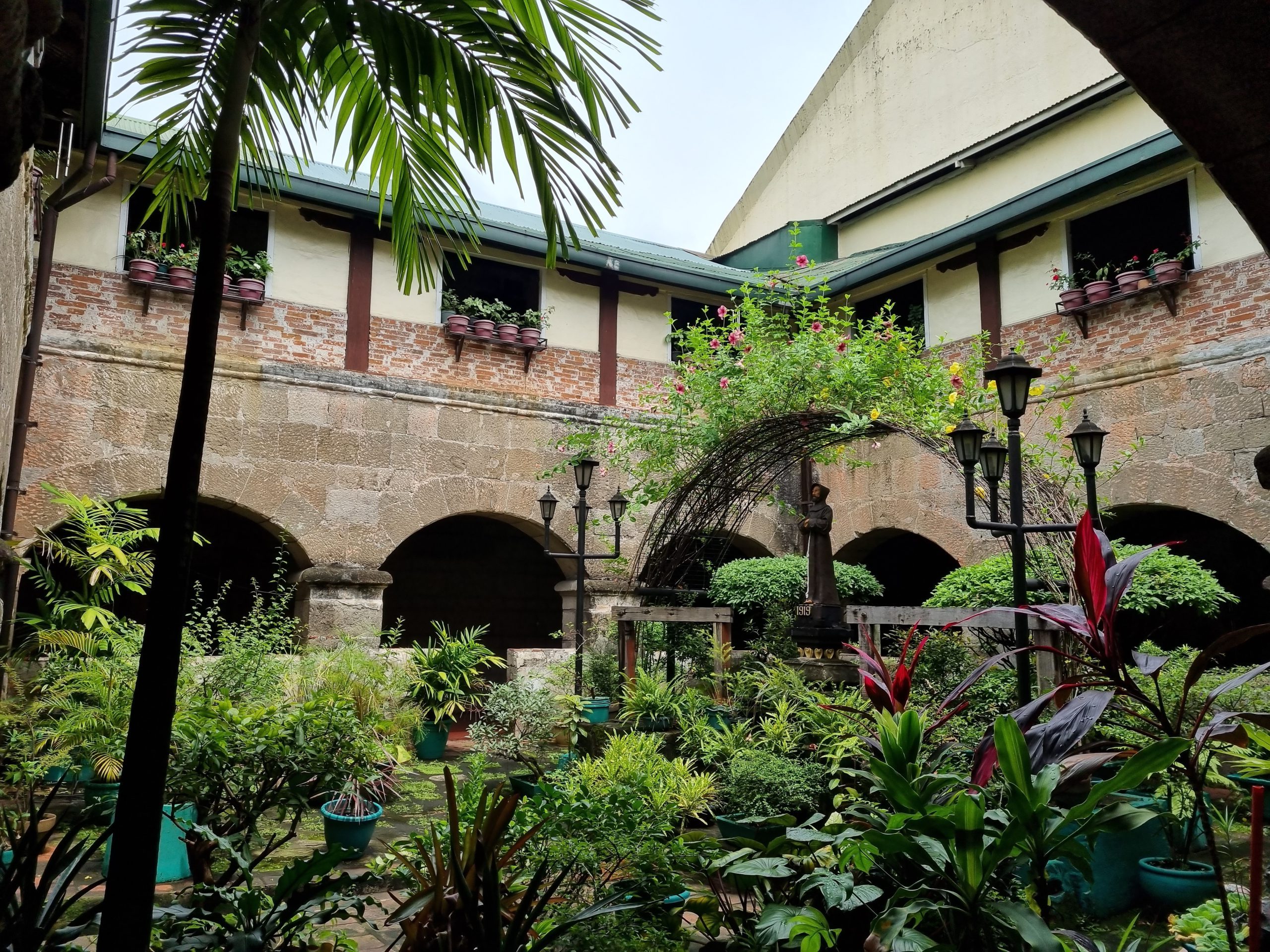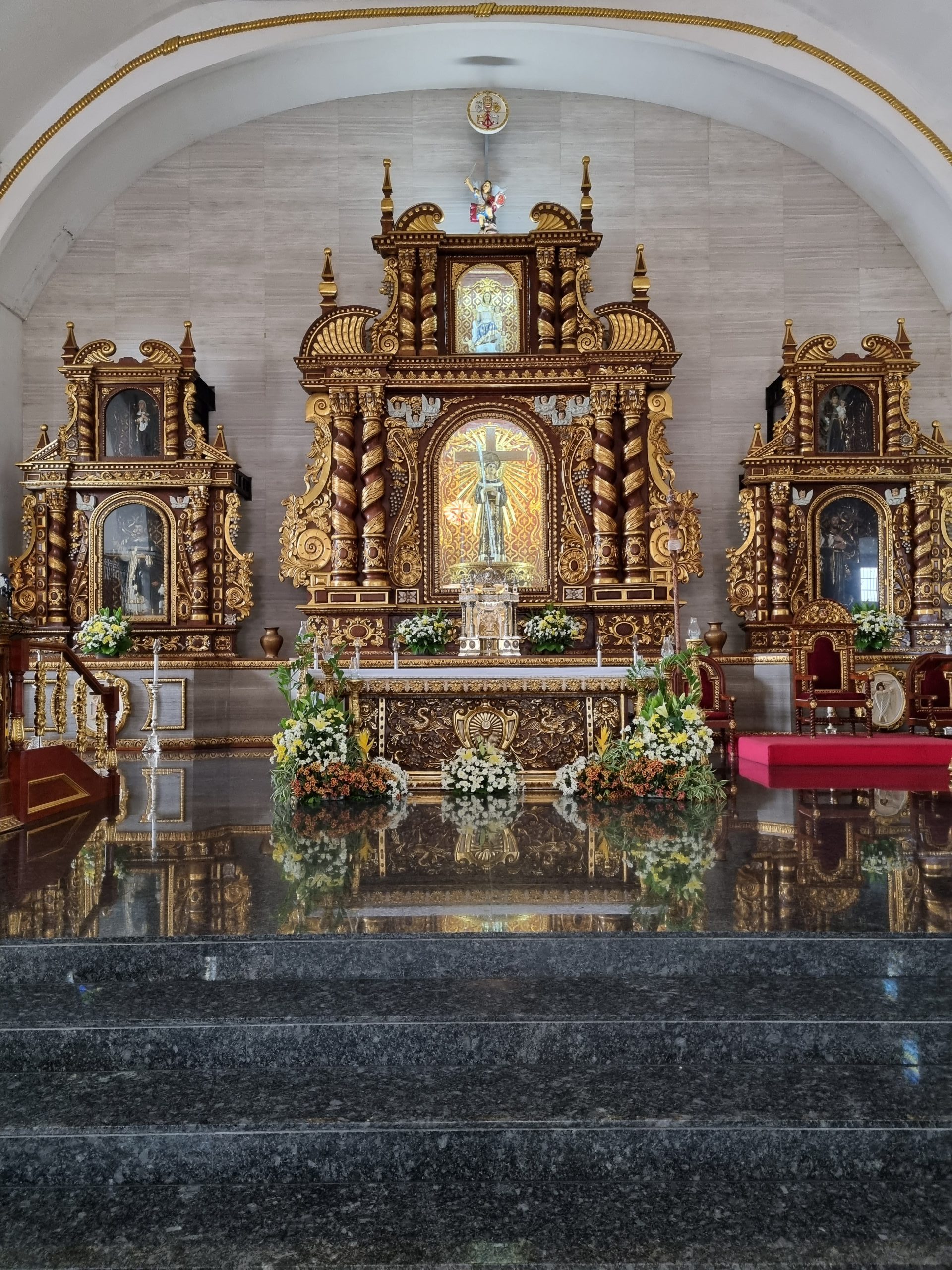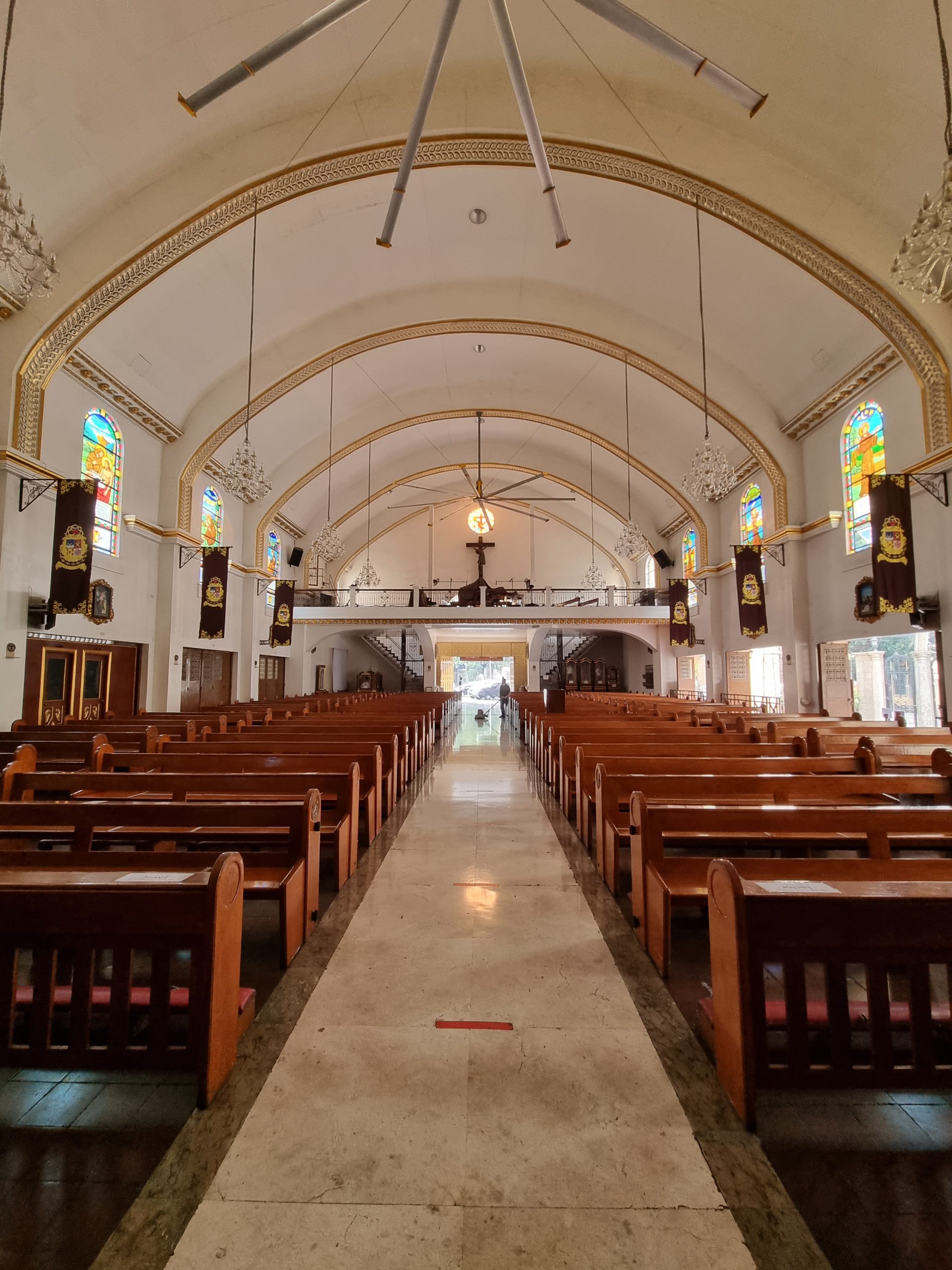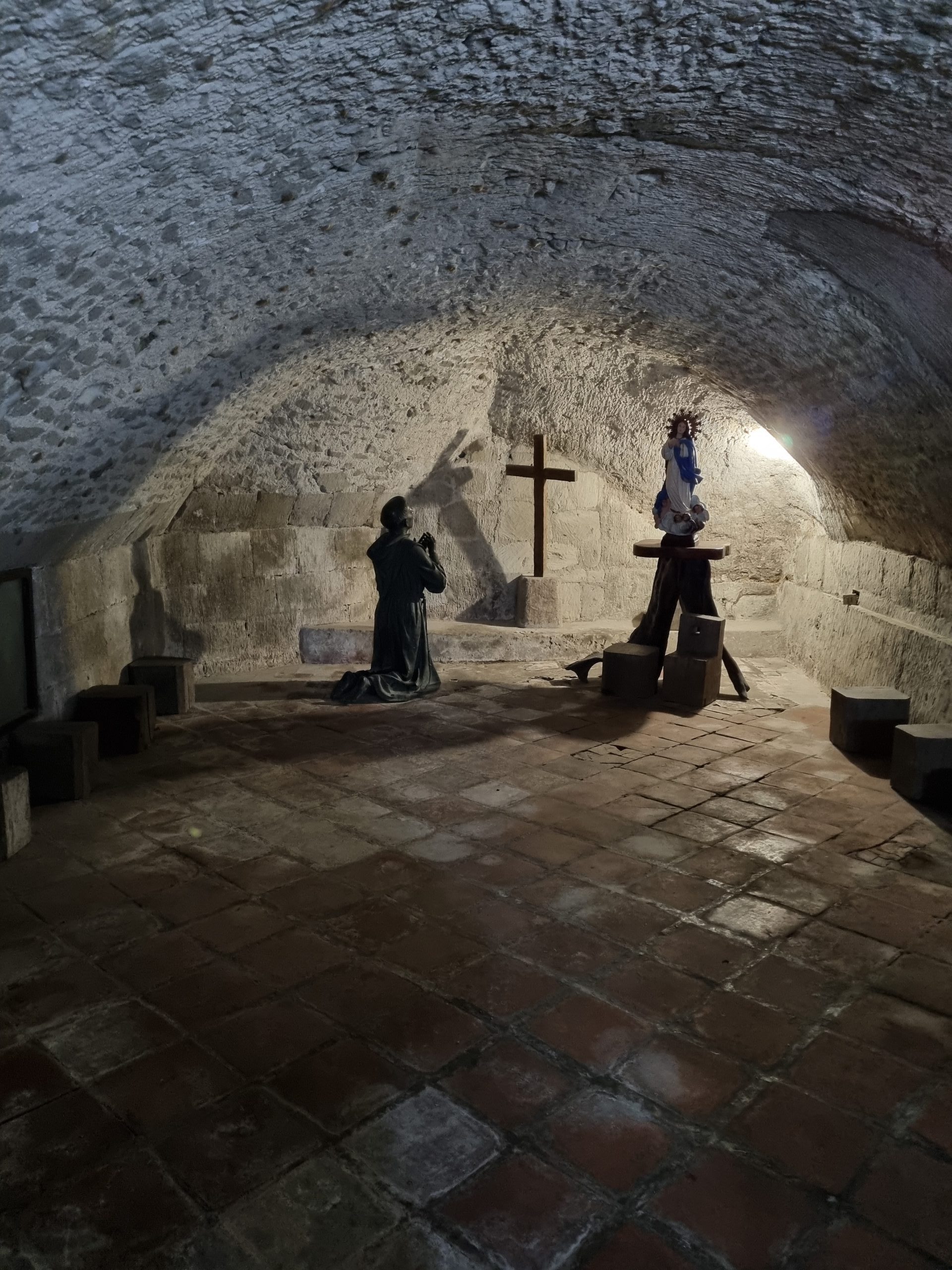Dignayan Biyernes – Fossil Fuels
Did you know that decomposing plants and animals can be sources of energy? For today’s #DignayanBiyernes, let us talk about coal, petroleum, and natural gas collectively known as fossil fuels.
Fossil fuels are found in the Earth’s crust and contain carbon and hydrogen, which can be burned for energy. They are produced from buried decayed plants and animals that had been subjected to enormous heat and pressure. They are the world’s primary energy sources, used in the industries of transportation, manufacturing, and energy production. Fossil fuels took millions of years to form making them nonrenewable. This means that these would soon run out before new deposits could develop and replace them.
Coal is formed when the surface accumulation of partly decayed vegetation like leaf litters, twigs, and branches are buried as swamp deposits, and compressed to form peat. Shallow burials of peat transform to lignite. Burial under hundreds to thousands of meters of sediments transforms lignite into bituminous or soft coal. Their prolonged burial, along with structural deformation and heat transforms bituminous coal into anthracite or hard coal.
Oil and natural gas, on the other hand, formed from the remains of tiny marine plants and animals that were buried on the ocean floor. Over time, layers of silt and sand covered these remains, and over millions of years, were buried deeper and deeper. Enormous heat and pressure turned these into oil and natural gas. Today, we drill down through layers of sand, silt, and rock to reach the rock formations that contain oil and natural gas deposits.
Since the use of natural resources for energy persists until today and will continue through the future, and considering that many of them are limited and non-renewable, all alternatives must be examined, and the most efficient, acceptable methods of utilizing them must be pursued. Tradeoffs and compromises are inevitable, but to help sustain our environment, ecological, economic, technological, and social perspectives must be considered always.
If you want to know more about fossil fuels, visit us at the National Museum of Natural History by booking through this website.
Text and image by the NMP Geology and Paleontology Division
© National Museum of the Philippines (2021)




